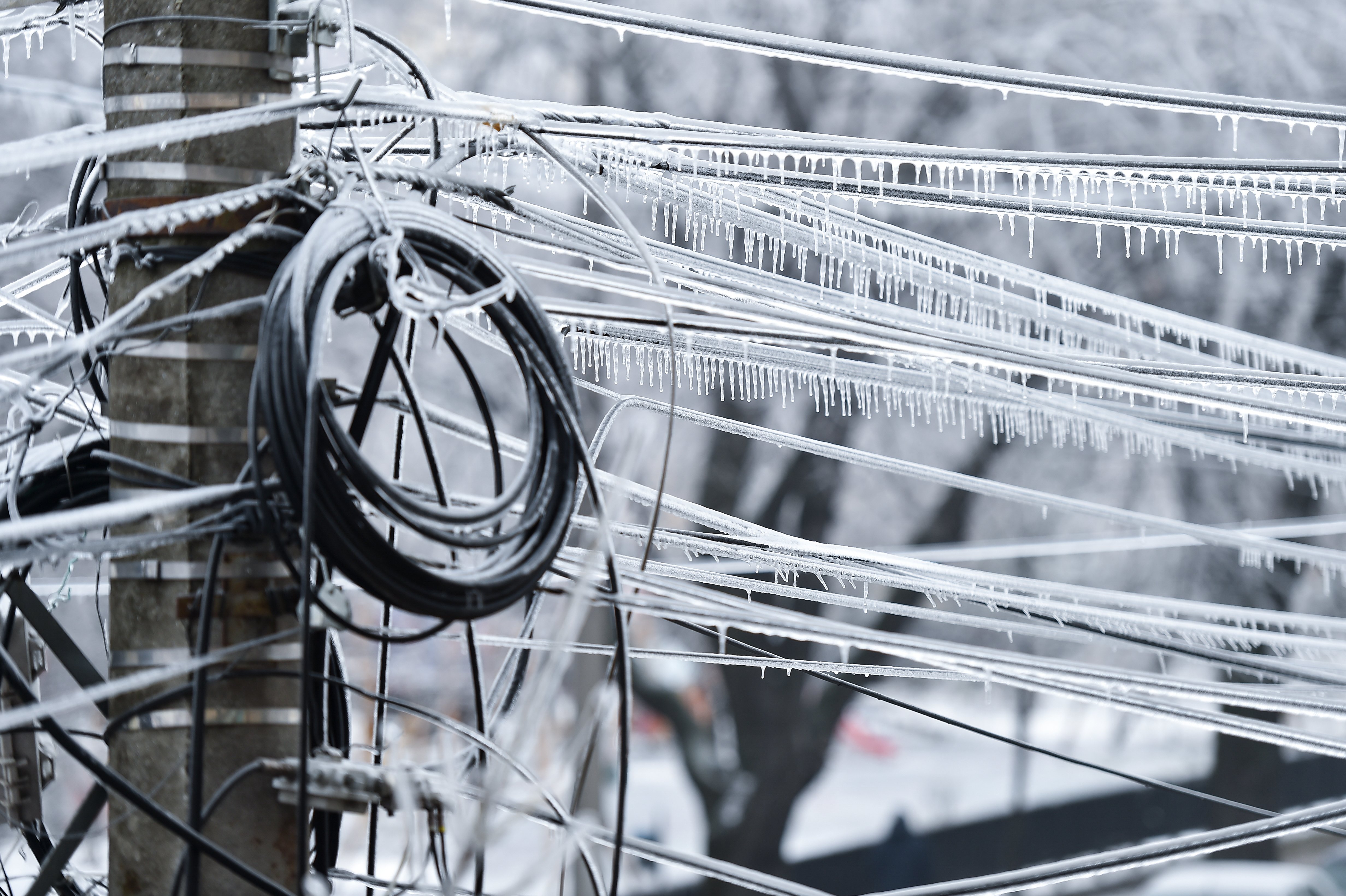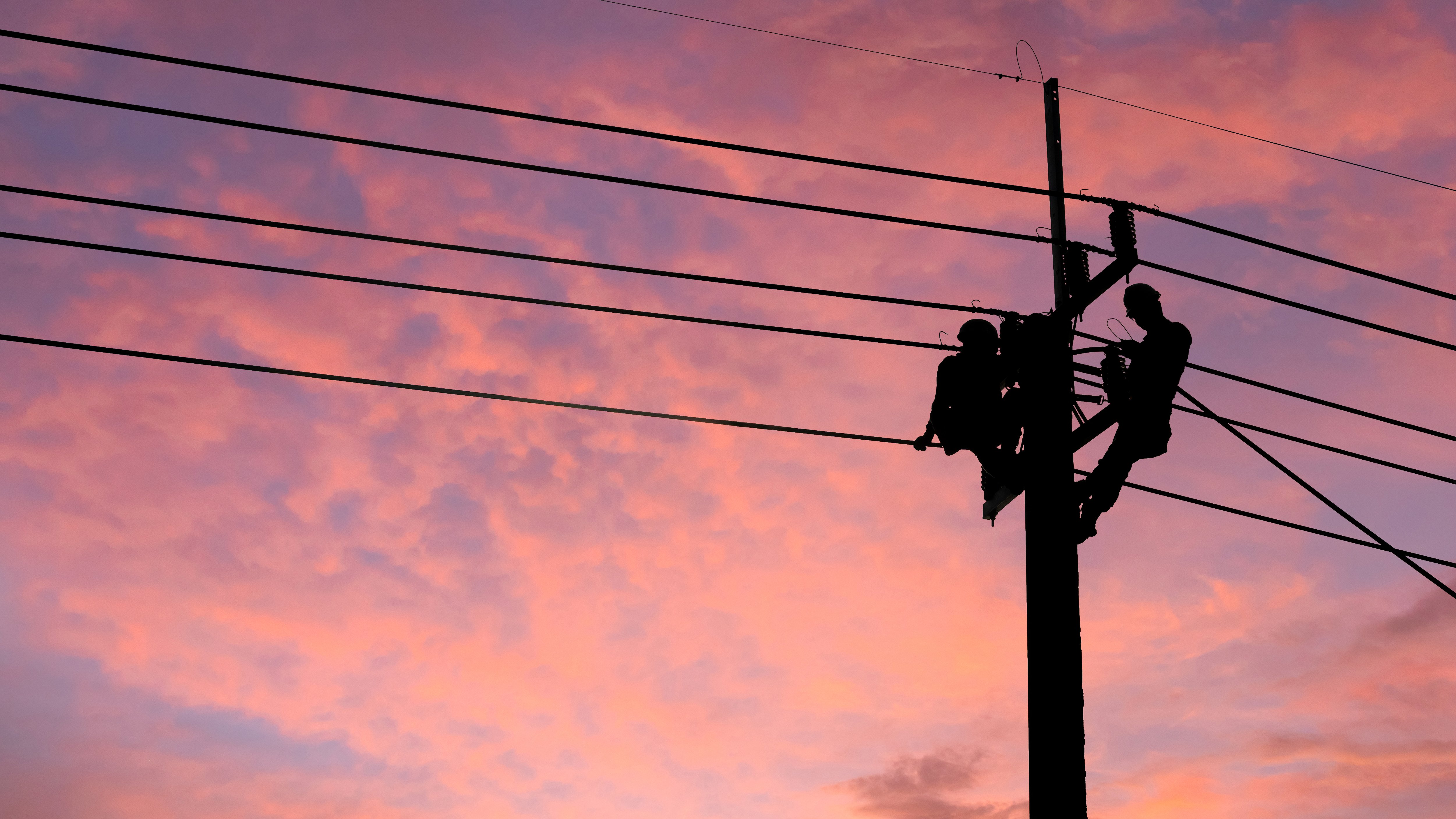The following is an excerpt from our ‘Managing Assets with a Drone- and Data-Driven Solution’ guide. You can access the full guide here.
Electric cooperatives are on the cutting edge of new, innovative technology because they’ve always had to be. The areas they cover are remote and widespread, with many of them serving rural areas of the U.S. that have considerably fewer customers per mile than investor-owned utilities. Because of this, revenue, safety, and costs are critical considerations.
Here are four ways the PrecisionHawk solution helps co-ops speed up their asset inspection and inventory processes, cover more assets at a lower cost, and decrease the risks of damage to distribution assets:
1. Bring Down Inspection Costs
Co-ops using drones lower costs thanks to the speed of drone collection versus manual collection. It can cost $150 for two lineworkers and a bucket truck to inspect just four poles, which comes out to $37.50 per pole. Those same lineworkers can use drones to perform the same task and take only about 15 seconds and cost about $6 per pole.
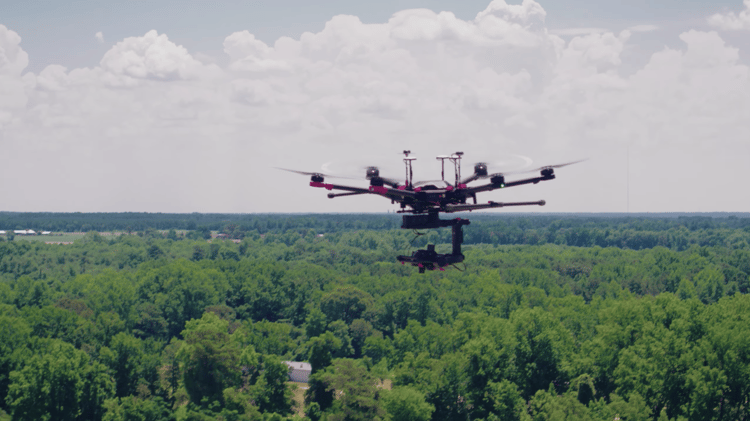
2. Get a Better View of Your Assets
Even the best ground crew can’t see the top of a pole. “The top-down is really where you see the weather,” says Stan McHann, Senior Research Engineer at NRECA. “The pole takes a beating with the weather, and when you look top-down at it with a UAV, you see a lot more—you can see issues like bad bolts, loose bolts, missing bolts, and loose connections.”
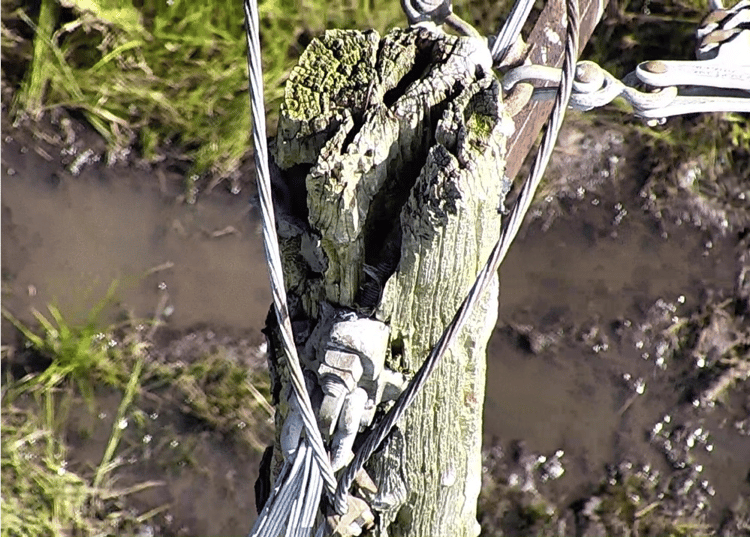
3. More Accurate Inspections = Higher Revenue
Establishing ROI on higher uptime is difficult, but this example can help illuminate how far-reaching the results are when a co-op uses a drone-based inspection process to prevent a single component failure:
If a blown fuse causes a two-hour outage and affects 1,500 service locations down the line, multiply the loss of two hours’ worth of revenue by 1,500—then add in the cost of sending out a repair crew to fix the problem. And while there are no hard numbers for member loyalty, the cost of lost trust and member dissatisfaction should be considered as well.
In short: improving common reliability measures such as SAIDI and CAIDI through proactive inspections and expedited repairs can have a huge positive impact on an electric co-op.

4. Less Time in the Field Leads to Lower Risk of Injury
Liberty Mutual estimated in its 2018 Workplace Safety Index that in 2015 employers paid more than $1 billion each week in direct costs for disabling, nonfatal workplace injuries. And according to OSHA, 60 percent of CFOs reported that every dollar invested in injury prevention returns at least $2.
With the PrecisionHawk solution, ground and line crews spend fewer hazardous hours on manual inspections, decreasing the risk of accidents and injuries.
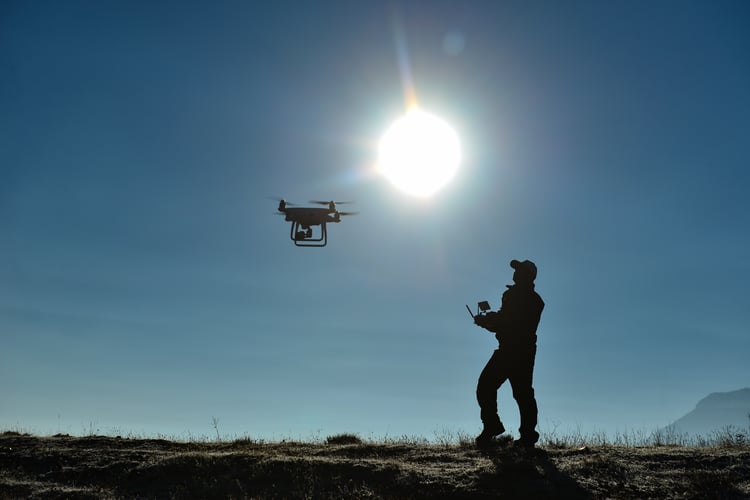
In our guide, Managing Assets with a Drone- and Data-Driven Solution, we’ll demonstrate how PrecisionHawk’s team can help co-ops considering a drone-based solution every step of the way.



